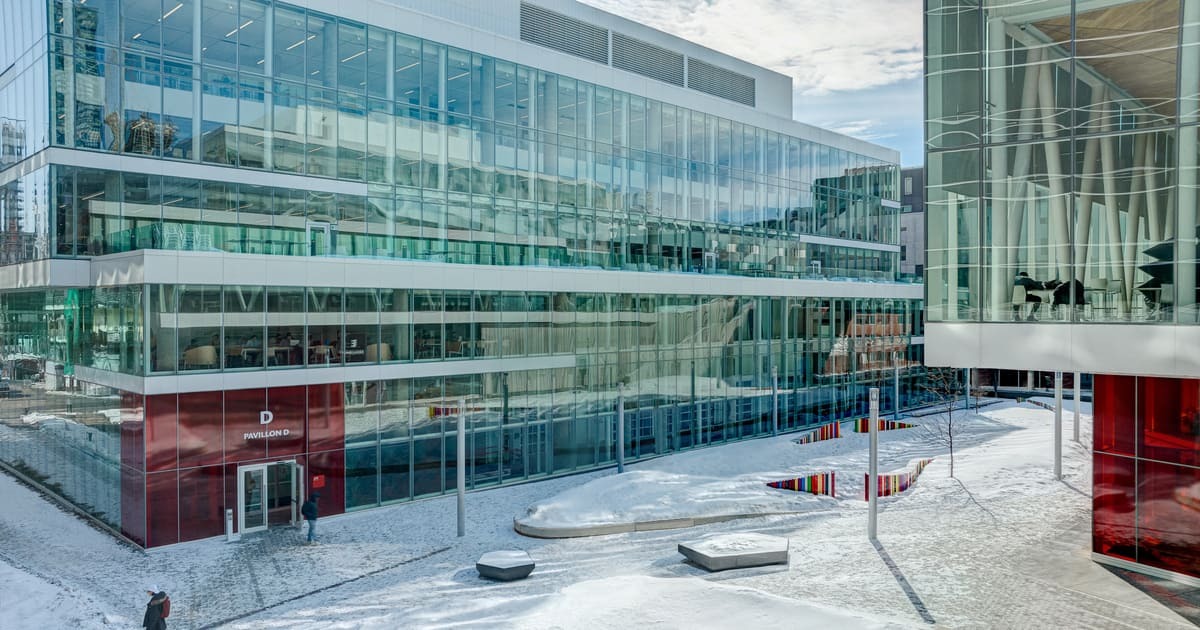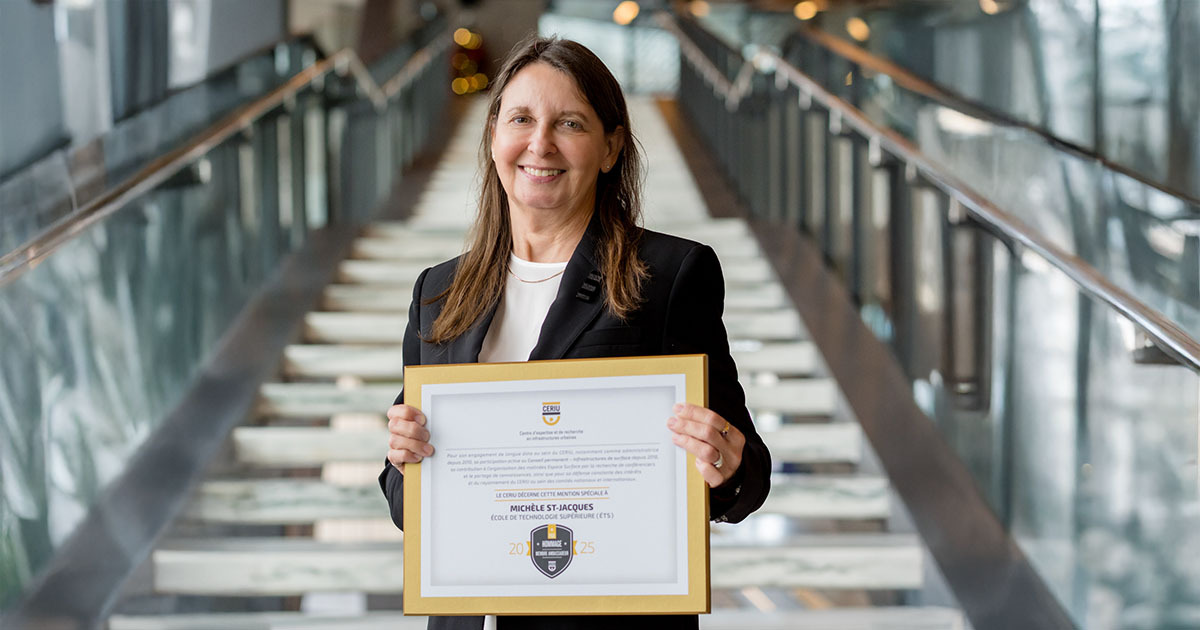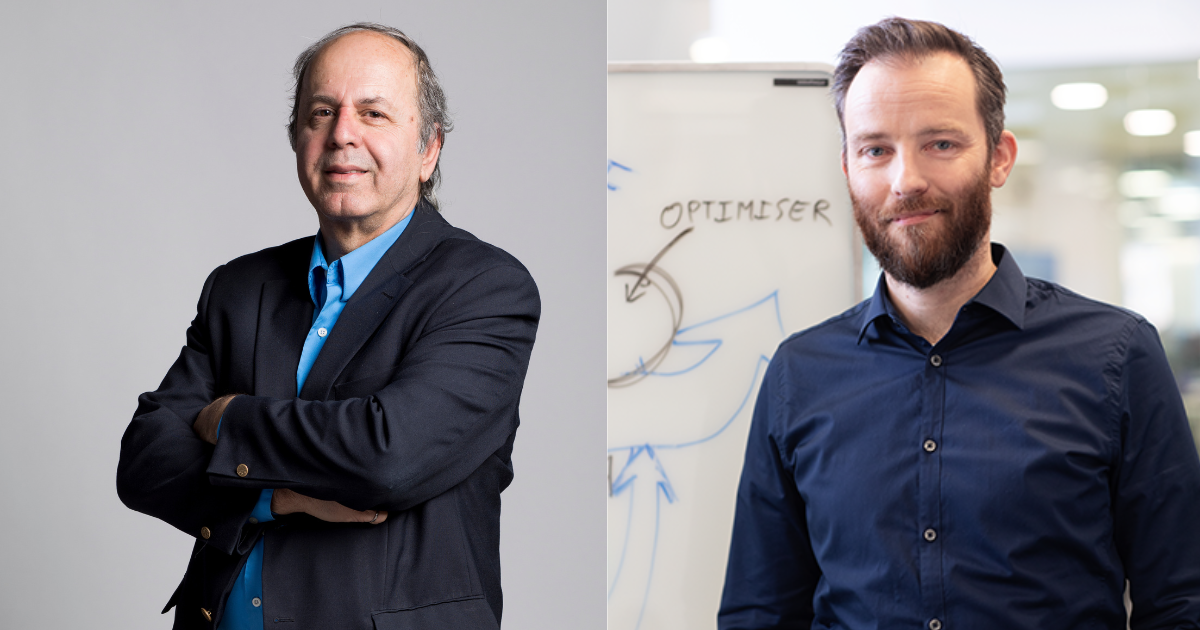
Giovanni Ferrari, professor of Mechanical Engineering at ÉTS, can’t imagine a life without science. It’s not a passion, it’s a calling. So, when it came time to choose his program of study, he naturally turned to mechanical engineering. He saw it as an opportunity to solve a string of problems, which would prove useful in his future career. In 2005, he earned a Master’s degree in Mechanical Engineering from the University of Parma in Italy.
From Parma to Montréal
After a three-year stint in industry, Giovanni was missing the hustle and bustle of university research. So he decided to pursue his studies at the PhD level. Professor Marco Amabili—who had a profound influence on Giovanni during his Master’s degree—was now in Montréal, leading a research group on vibrations and fluid-structure interaction at McGill University. Giovanni was fortunate to be able to join Professor Amabili and his team. He began the long and gruelling immigration process, and all his efforts paid off. He earned his PhD in Mechanical Engineering in 2018 from McGill University.
Giovanni Ferrari’s research focused on the dynamic identification and control of vibrations in continuous systems. This became his field of expertise.
Heart Vibrations
What do the human heart and a nuclear reactor core have in common? It’s the ability to withstand vibrations caused by the dynamic pressure exerted by a flow of fluid.
In a nuclear core, the fuel rods vibrate with the flow of coolant. In the human body, this effect is caused by the flow of blood through the arteries. In both cases, it is imperative to measure the vibratory response and the resulting wear and tear on the walls.
According to Professor Ferrari, anticipating wear is a difficult task. The research team is studying the relationship between fluid flow, vibration amplitude and alteration at the point of contact with other structural components.
Next Gen Aortic Grafts
Giovanni Ferrari devoted his postdoctoral research to studying the dynamics of biomedical components. After modelling the physiological conditions of the aorta under dynamic loading, Ferrari and his colleagues validated the results on donors. “Age is the determining factor,” stresses Ferrari. In young people, the aorta stretches more easily than in older people, enabling it to adapt more readily to the pressure caused by heartbeats and to regulate blood flow.
The medical community relies on Dacron grafts to repair aortic distension after an aneurysm. “This material is biocompatible, but it is ten times stiffer than a properly functioning human aorta,” summarizes Professor Ferrari. Consequently, this type of graft is not suitable for the physiological functioning of the cardiovascular system.
Giovanni Ferrari is interested in working on the next generation of vascular prostheses that could one day replace Dacron. He hopes to pursue his research with his mechanical engineering students at ÉTS.

ÉTS… in French!
His new challenge: teaching in French. But he’s ready. Plus, he has the chance to teach a course in his specialty: vibration mechanics. Professor Ferrari insists on the importance of examining a problem from all angles to find the most appropriate solution. A concept is never frozen in time; it evolves. “There can be chaotic phenomena where the response of the structure becomes impossible to predict in the long term,” concludes Giovanni Ferrari.
This is what he hopes to pass on to future engineers at ÉTS. A vibration amplitude can jump instantly from a safe value to a dangerous one, and vice versa.
As the saying goes, everything in life is vibration!



